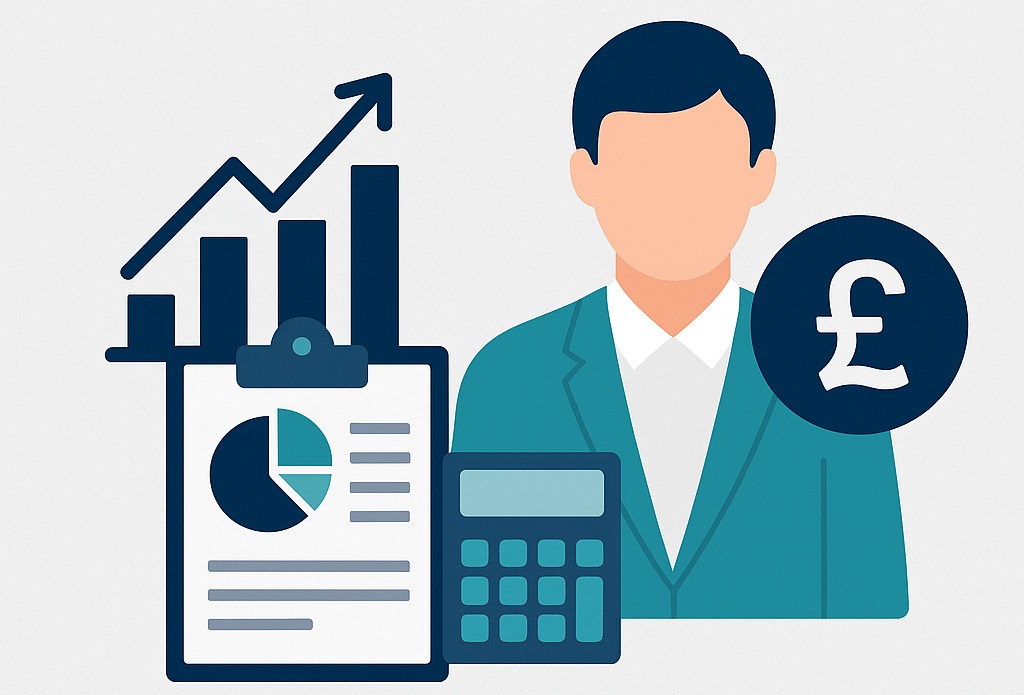The Government offers tax relief on research and development (R&D) projects in the form of R&D tax credits.
This tax relief is designed to act as an incentive for businesses to innovate, and it applies across a wide range of sectors and industries.
Investment in this area has risen steadily, and the official target for R&D expenditure as a proportion of GDP is 2.4 per cent by 2027.
If you’re eligible for R&D tax credits, you can claim against your corporation tax.
But how do you find out if you qualify in the first place?
What Qualifies as R&D?
R&D is a more wide-ranging category than you might think.
It’s an activity in which a large, diverse number of sectors and industries are involved.
This includes more established types of enterprise, such as engineering, manufacturing and construction, but also cutting edge developments in
design and manufacturing, including the internet of things (IoT).
Simply put, for an activity to count as R&D, it must be part of something that is attempting to advance an area of science or technology.
R&D activity can be a product, process or service.
Broad categories of R&D include:
- Prototyping
- Product or process improvement
- Materials testing
- Technical problem-solving to improve products with new properties
In many industries, R&D plays a central role. Software development, for example, can involve:
- Creating new algorithms or improving existing ones
- Developing new software for large-scale data processing
- Developing firmware
- Looking at scalability and security of systems
- Trying out untested system architecture
You can classify all these things as R&D.
But what qualifies them for R&D tax credits eligibility?
What Work Qualifies for R&D Tax Credits?
Anyone making a claim for this tax relief must prove their R&D tax credits eligibility.
There are certain basic conditions this work must meet:
- It must be attempting to make an advance in science or technology and have the aim of accomplishing this
- It must have overcome technological or scientific uncertainties to achieve its aims
- It must be the sort of activity that a professional in its specific field could not have easily worked out for themselves.
There are various other factors involved in these basic conditions:
- Any advance in a certain field must not be limited to your specific business use, for example applying an existing technology for the first time in the context of your area of work.
- You can be the first to use existing technology that someone else has developed and still be eligible for R&D tax credits if the technology is not yet in the public realm.
You can assess whether your activity involves scientific or technological uncertainty if an expert in a specific subject cannot confirm that it’s possible to do it from a technological viewpoint. They may also be unable to explain how to do this activity.
However, for your work to qualify for R&D tax credits, you must provide proof to support your R&D tax credit claim. This should be evidence of research, analysis, and testing.
HMRC doesn’t specify a fixed record-keeping system for supporting R&D claims, but you will need to provide some sort of documentary evidence from appropriate sources.
Generally, you would expect to carry out R&D activities systematically, so you could submit written evidence of project planning, for example.
The type and method of record-keeping will vary from business to business and project to project but consider what type of activities you’ll be claiming for when submitting evidence.
Who Can Apply for R&D Tax Credits?
There are two types of R&D tax relief, depending on whether you’re a larger or smaller company:
- SMEs can claim SME R&D relief
- Larger companies can claim research and development expenditure credit (RDEC).
To claim SME R&D relief your company must have fewer than 500 staff and a turnover under €100 million, or a balance sheet under €86 million.
As an SME, providing your activities are eligible, you can claim money back for the following:
- Direct R&D costs, and
- 65 per cent of any payments to subcontractors or providers of external staff
If you multiply the total of these two costs by 130 per cent, this will give you the deduction for your tax.
Add this figure to your R&D expenditure total to get the figure you’ll then need to enter on your tax return. Even if you make a trading loss, you can still submit this for a tax credit.
Usually, you apply for R&D tax credits when you submit your corporation tax return, at the end of your accounting period.
Can I Claim R&D Tax Credits?
The easiest method of navigating your way through the complexities of making a claim is to use dedicated R&D tax credit services.
Venn Accounts has a team of expert R&D tax credit advisors, ready to provide practical support and advice when you are ready to prepare and submit a claim.
For more information about our R&D tax credit services, don’t hesitate to contact us.





